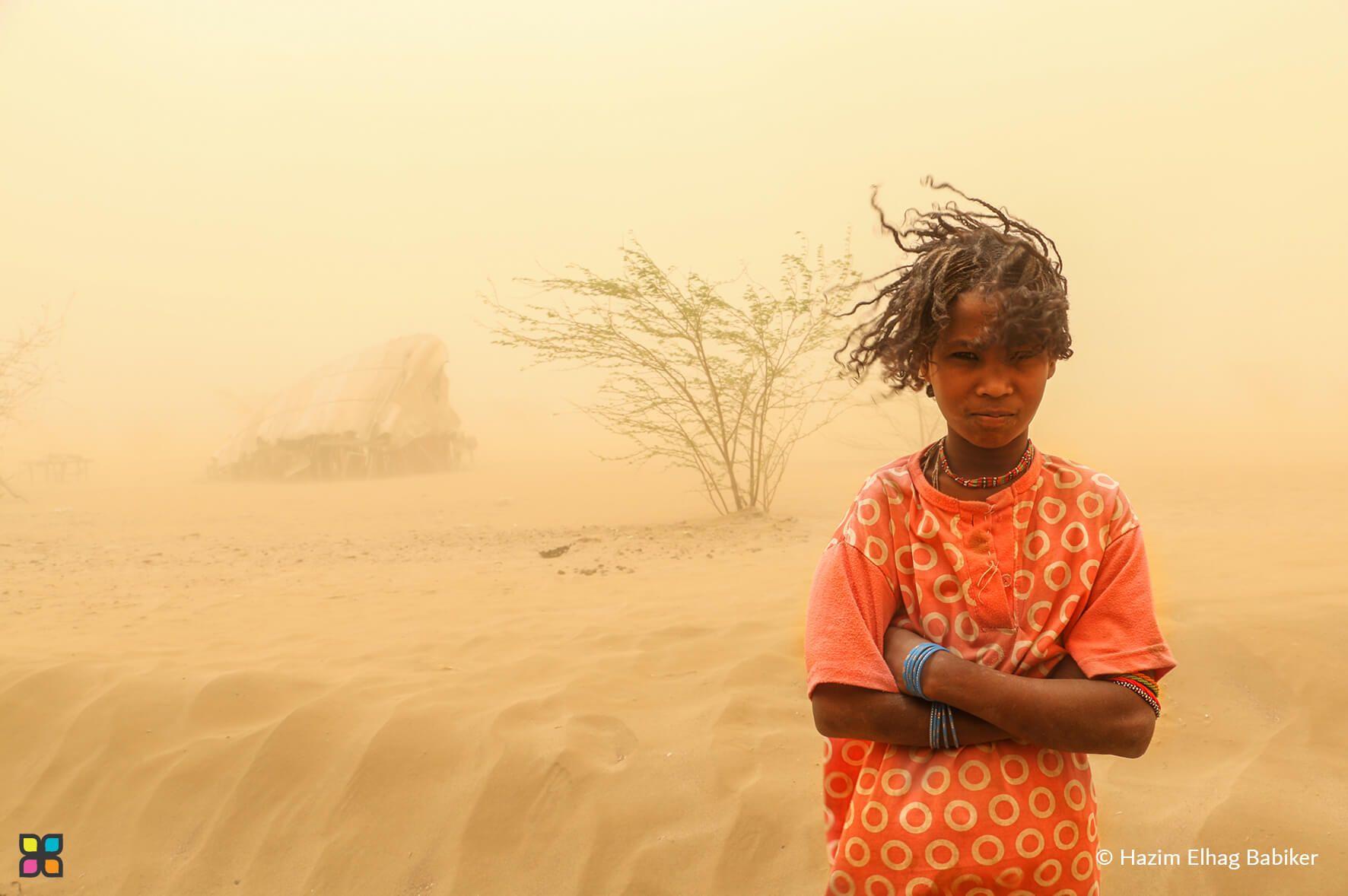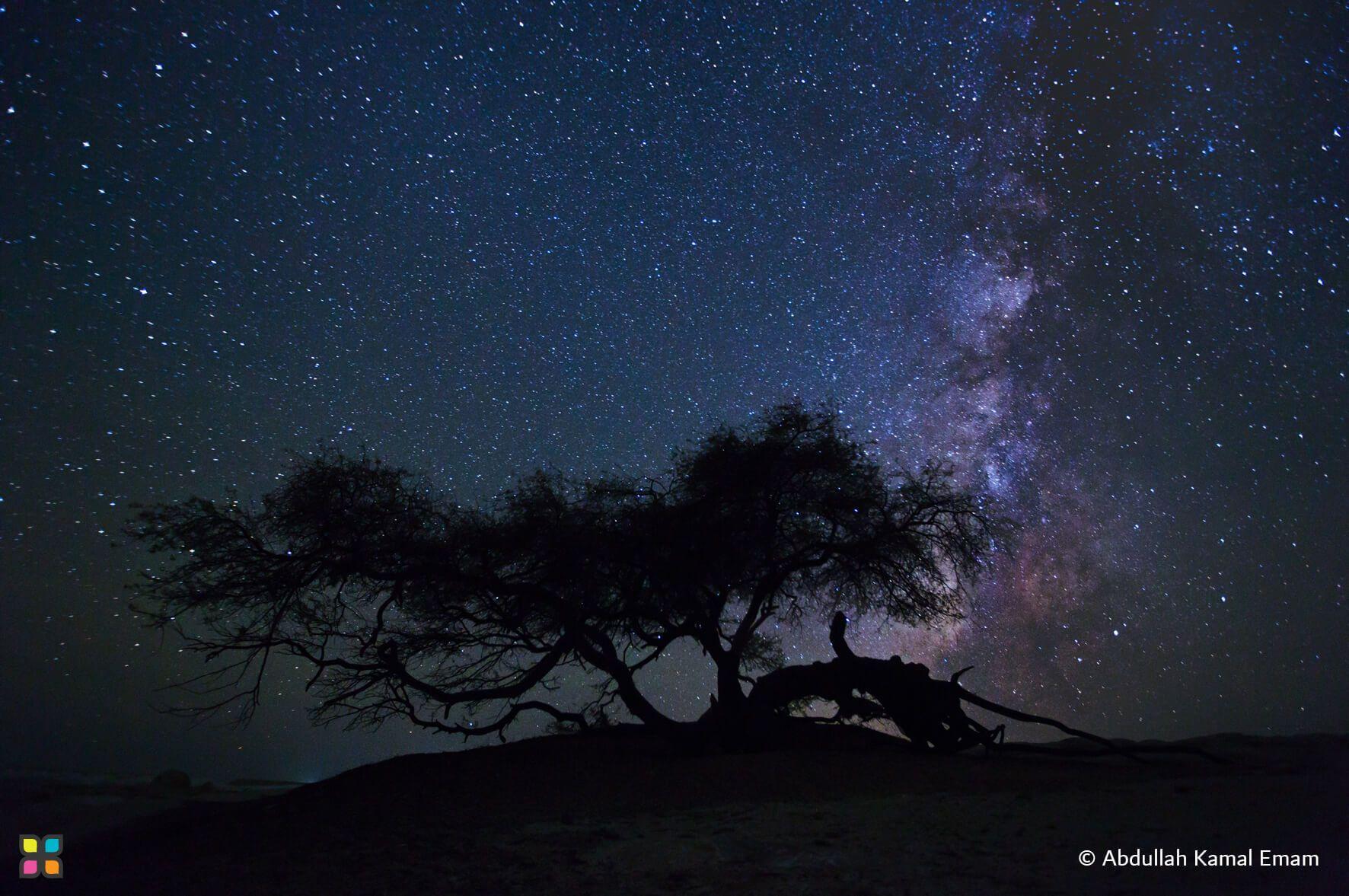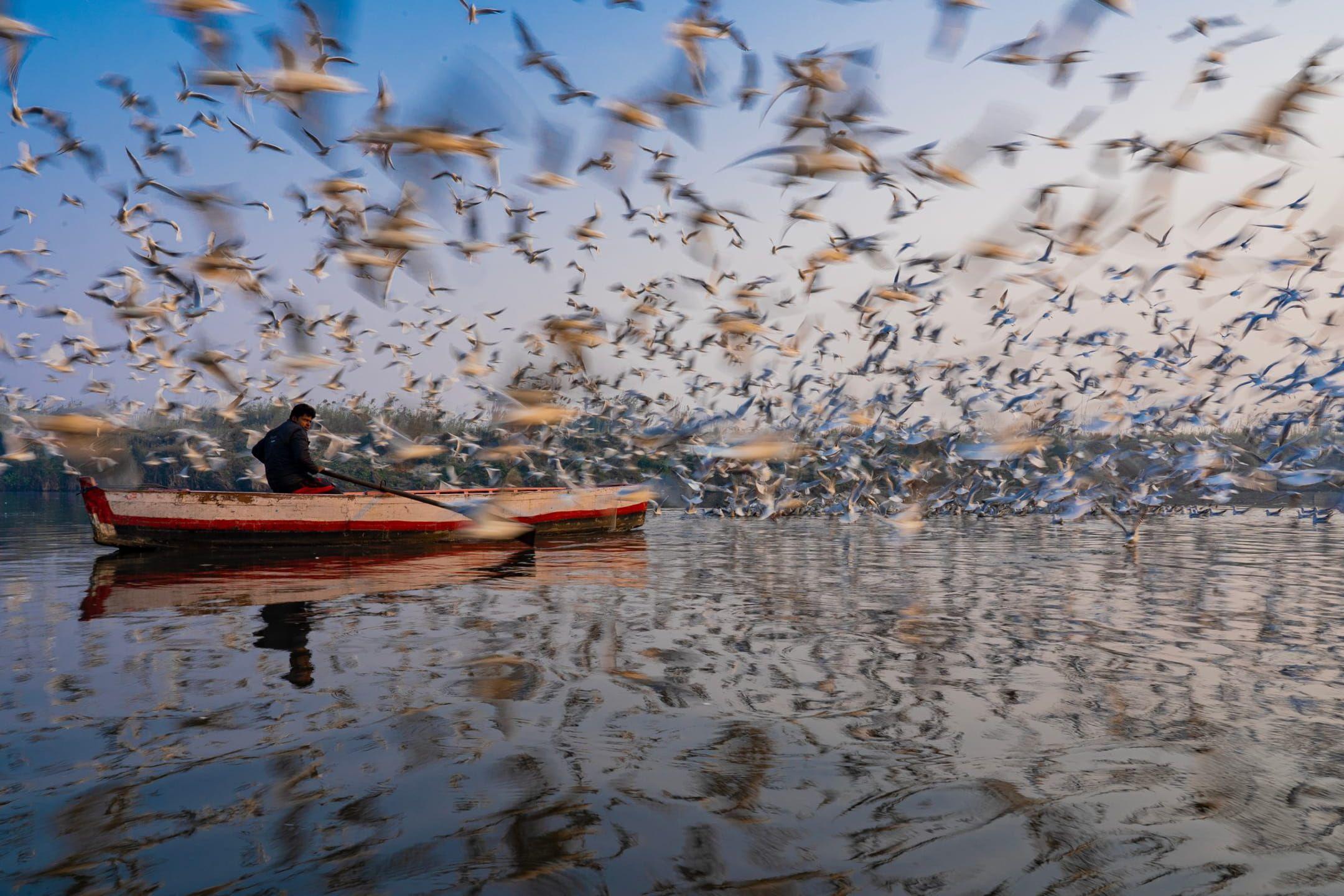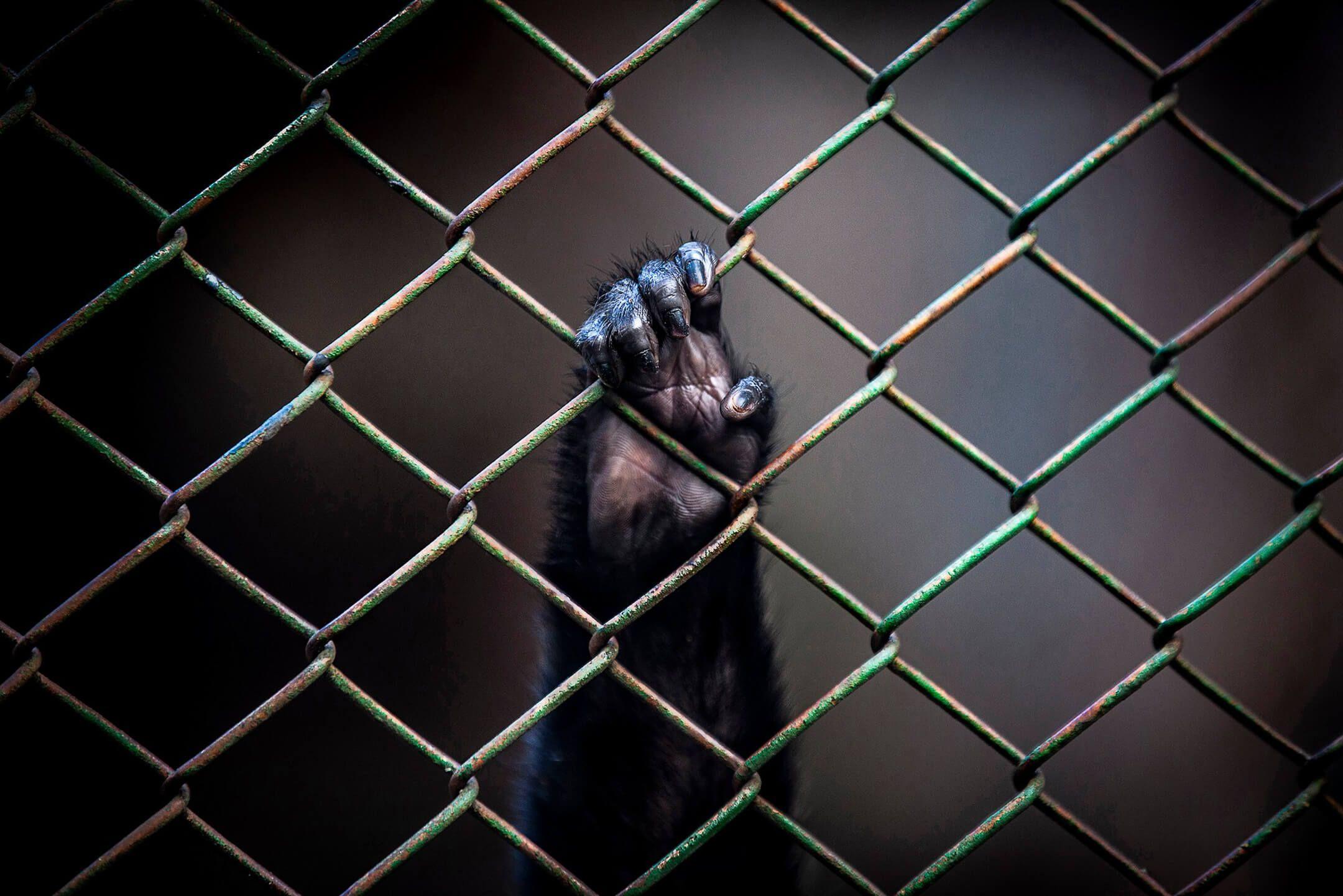With each careful swish of their wooden rakes, farm workers play a crucial part in the cycle of rice production that feeds more than half of humanity.
The intricate global system of agriculture is the backbone of our civilisation, sustaining our basic need for food with every meal we eat. It also employs over 1.23 billion people, and more than half the world’s population live in households linked to agrifood systems.
However, this foundation is crumbling as the climate crisis intensifies, affecting crop growth and causing large-scale damage and crop failure through drought, floods, and unpredictable rains. According to a 2025 study, even the world’s most productive agriculture zones could lose up to 40% of wheat and maize production this century due to climate change..
Moreover, in addition to being underpaid and vulnerable, agricultural workers face occupational heat mortality that can be 35 times higher than in other industries.
On this World Food Day, we invite you to consider the people behind the food on your plates. Which countries or farms supply the main foods your household eats, and will they be able to keep producing those crops as the 21st century unfolds? Ten years from now, will your plate look the same?
This award-winning photograph was shortlisted in the Solutions Category of the COP28 Photography Competition, a collaboration between The Climate Tribe and the Hamdan bin Mohamed bin Rashid al Maktoum International Photography Award (HIPA). The Climate Tribe has partnered with HIPA to leverage the power of photography to inspire global awareness of sustainability and advance climate action.
Most Popular
The Climate Tribe delivers stories about Biodiversity and Conservation, Circular Economy, Food and Water , and how they intersect with climate.
Subscribe
Get the latest stories inspiring climate action around the globe straight to your inbox.







